Inside: Discover a weekly routine for shared reading that supports you in teaching multiple literacy skills, while providing a consistent structure for capturing young readers’ attention and interest.
The Magic of Shared Reading
I was once observed during a shared reading lesson. In the post-op, the administrator told me that it’s always her practice to watch the kids, rather than the teacher, during the observation. She went on to say that they were completely engaged and “glued” to me.
This didn’t surprise me. I’d long since discovered the magical powers of shared reading. And it wasn’t ME they were “glued” to, it was the oversized big book that I was sharing. During this much anticipated time in our day, I never have any behavior issues. Children are completely absorbed in the book, even though it might be our second or third reading. They are joyfully reading along and building wonderful oral language skills as they learn how books work.
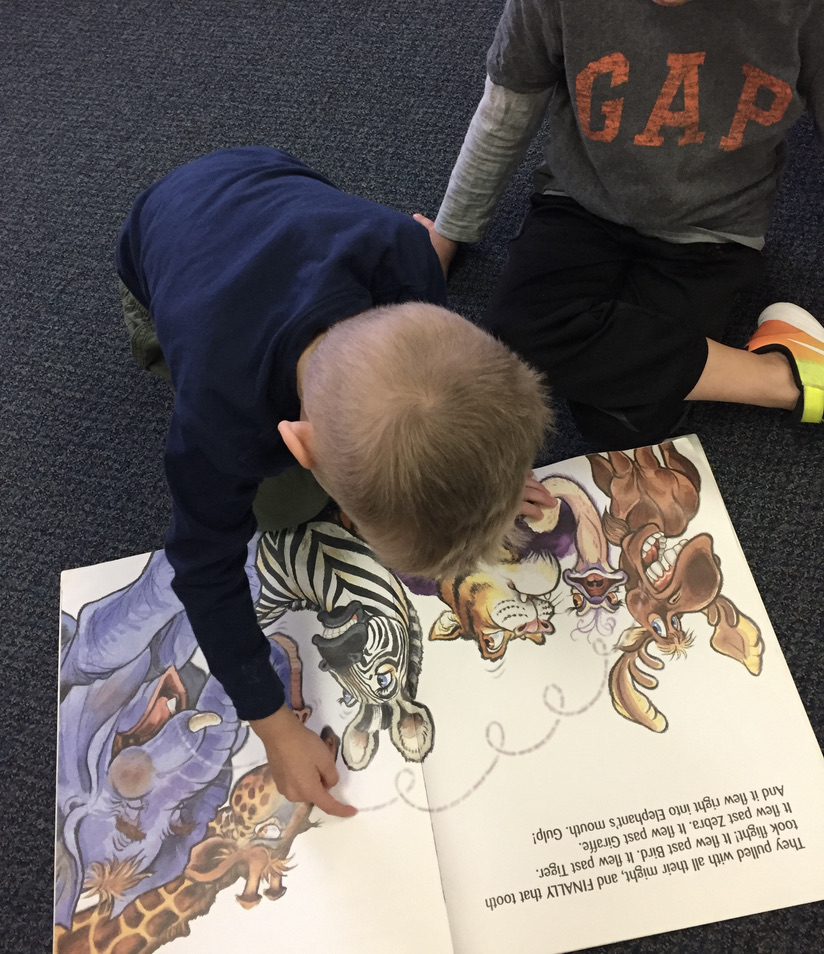
Shared reading came into play during the whole language era. It was an instructional approach developed by Don Holdaway, that was meant to simulate the bedtime story routine. Many versions of favorite books were made “big,” to allow a teacher to replicate that bedtime story feel with their whole class. The large print made it possible for teachers to tune kids into specific words or print features that they could never do with a smaller version of the text.
While the whole language era has been widely criticized for its lack of phonics teaching, and rightly so, shared reading can still be a great routine for building language comprehension.
In this post, I share my 5-day shared reading routine that can be done using any big book.
Choosing the Right Big Book
One of the elements of the shared reading approach, is to read the book repeatedly over a period of days. Each day, something new is taught from that book, and by the end of the week, children know and love that book intimately.
None of this works, if you do not choose the right book.
Most big books were designed for repeated reading. They are predictable, use repetitive language, and are fun to read again and again. Common examples might include Chicka Chicka Boom Boom or Brown Bear, Brown Bear.
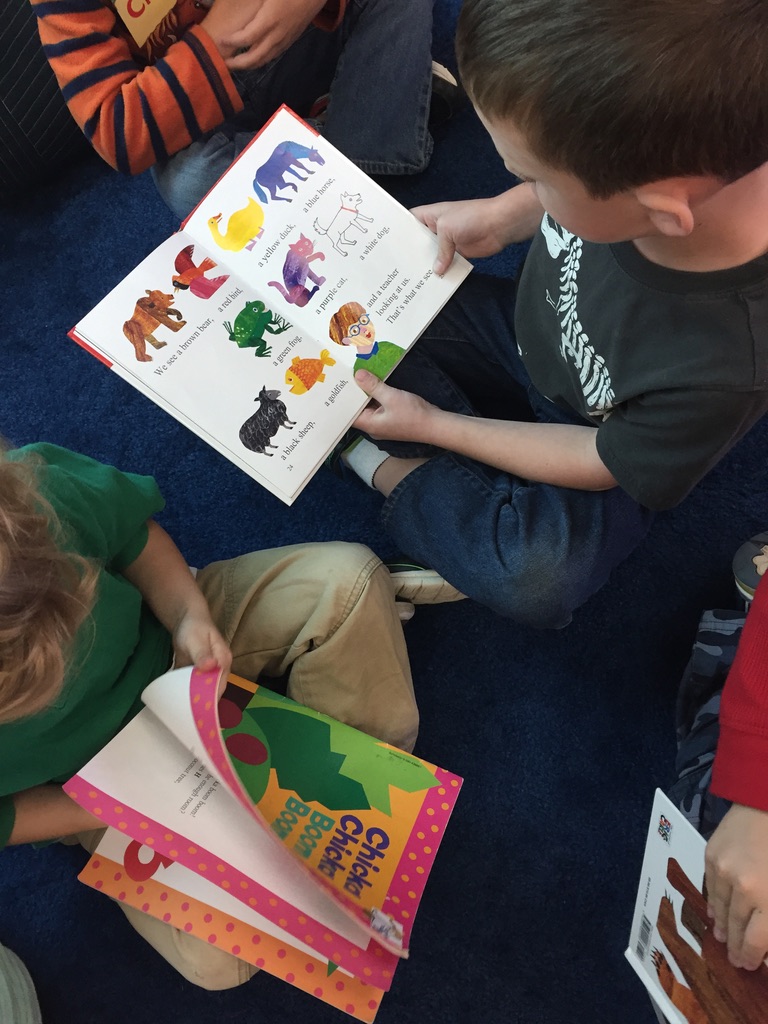
But some, mostly made by text-book publishers for their basal reader programs, are just enlarged copies of small books, and kids do not enjoy reading the book multiple times.
So, look for big books that you know your kids will love and ditch the rest. Some of our tried and true favorites include Owl Babies, Cookie’s Week, The Very Hungry Caterpillar, The Napping House, Rosie’s Walk, Caps for Sale, and all the fairy tales. You can find used copies on Ebay (search teacher big books) or ask around – many teachers have stacks in their closet that they would be happy to pass on to you!
Our Shared Reading Routine
Each week, I pick a new big book to share with my kiddos. When they get to school on Monday morning, it is sitting on our easel, like a big present waiting to be opened. They are naturally curious about it and look forward to reading it.
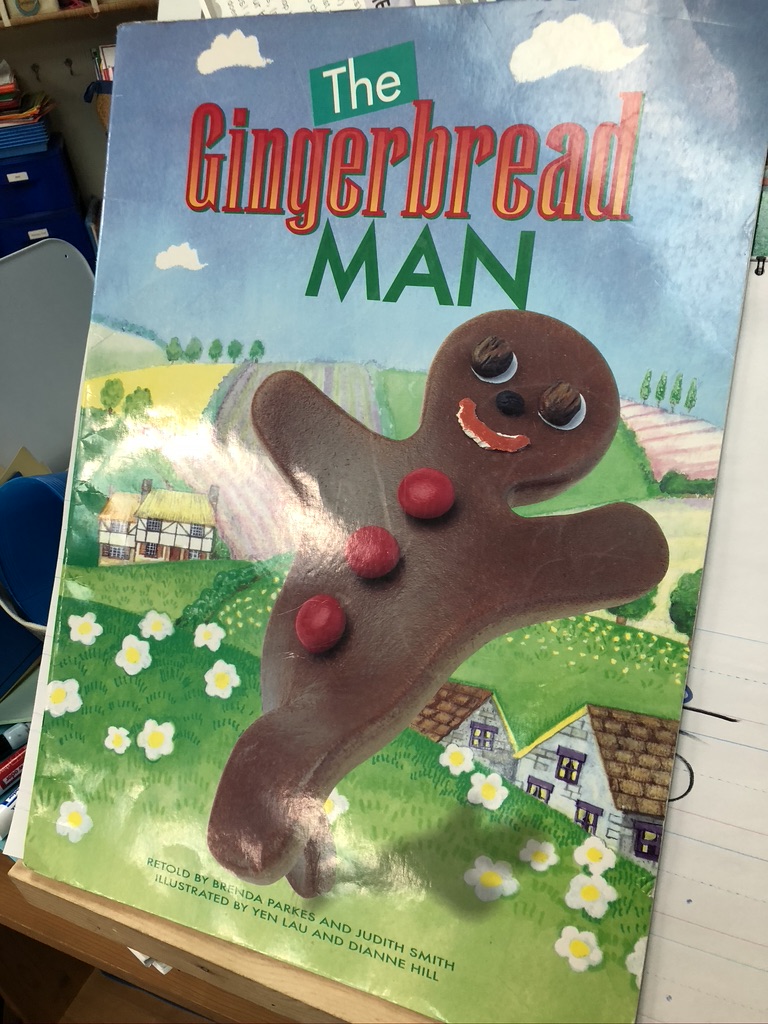
Each day, I teach something different with the book, as you will see in the routine outlined below, but I also invite them to join in the reading or take on a part as we move through the week. If we are reading The Little Red Hen, I ask them to choose one of the animals in the story and to read that character’s part when we come to it. Or, if we are reading, Chicka Chicka Boom Boom, I hand out egg shakers and they shake them each time the words in the title are repeated.
So, here’s the weekly routine that works well for me. It is specific enough that I know what I will be focusing on each day, but also flexible enough to allow me to teach into the text and its unique features.
Monday (Comprehension): On this first day, we look closely at the front and back cover. Children study the illustration and tell me what they see, think, or wonder about the book. With this thinking routine, children naturally make observations and predictions as well as ask questions. My role is just to listen and note what they’ve had to say about the book. We do not read the book on this first day, only spend time with the cover.
Tuesday (Story Elements): By now children are very excited to go inside the book and read it. We review some of their observations, predictions, and questions from yesterday and then I read the book to them. I ask questions about story elements, such as, “Who’s the main character? How do you know?” or “What is the setting of the story? What clues did the author or illustrator give you to help you know where the story takes place?” Each week builds on the week before, as children’s understanding of story elements grows.
Wednesday (Vocabulary and Print Awareness): On this second reading, we explore the vocabulary of the text. If the vocabulary is simple, we might look at groups of words that go together such as color words or days of the week. If it is a bit more complex, we might play a game called, Say what? where I ask the children to call out, “Say what?” when I read a word they don’t know.
We also look closely at the print and children share anything they notice about the way the words are written that might give us clues as to how we should read it (i.e. bold type, punctuation marks, letter size, etc.)
Thursday (Text Structure): For our third reading of the book, I ask children to look for patterns in the book that will help us understand how the book is organized. For example, Cookie’s Week follows a days of the week pattern. The Enormous Turnip is a cumulative story (or a +1 adding story as we call it in math). I then try to draw this structure on paper or use props so they can visualize this pattern.

Friday (Story Extensions): On our last day with the book, I read books that connect in some way to the big book we’ve been reading. This might be other books by the author, other versions of a fairy tale, or a nonfiction book that connects to the topic.
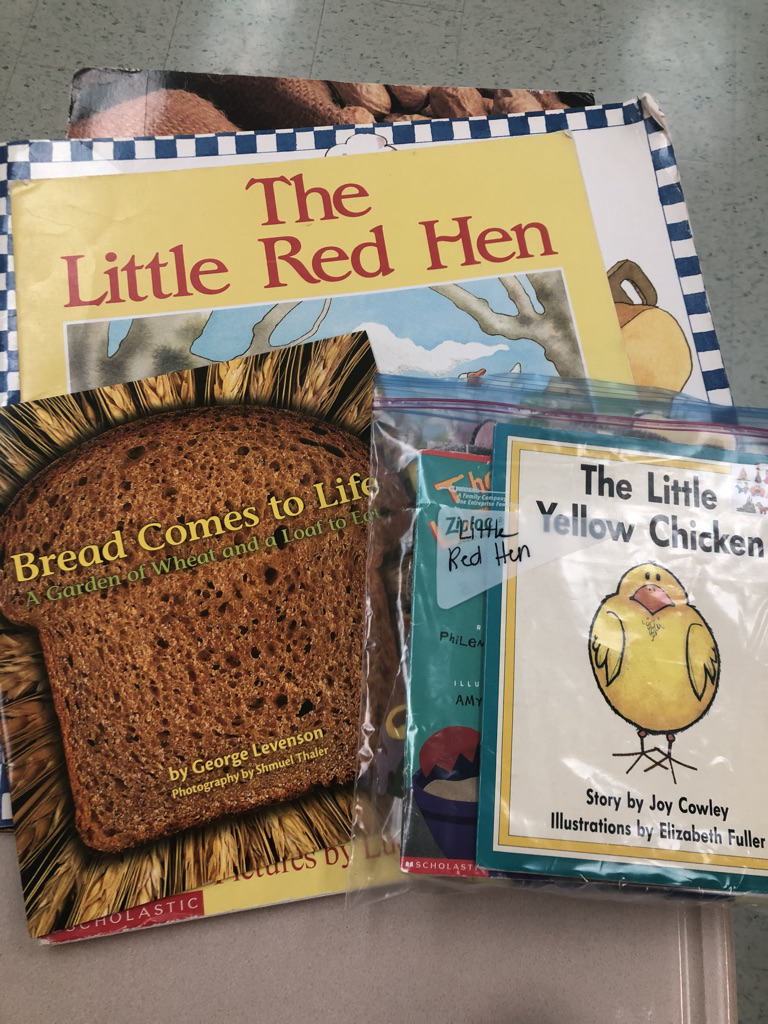
We also use this day to act out the story, make story props, or Story Maps, that we can then take home to share with families.
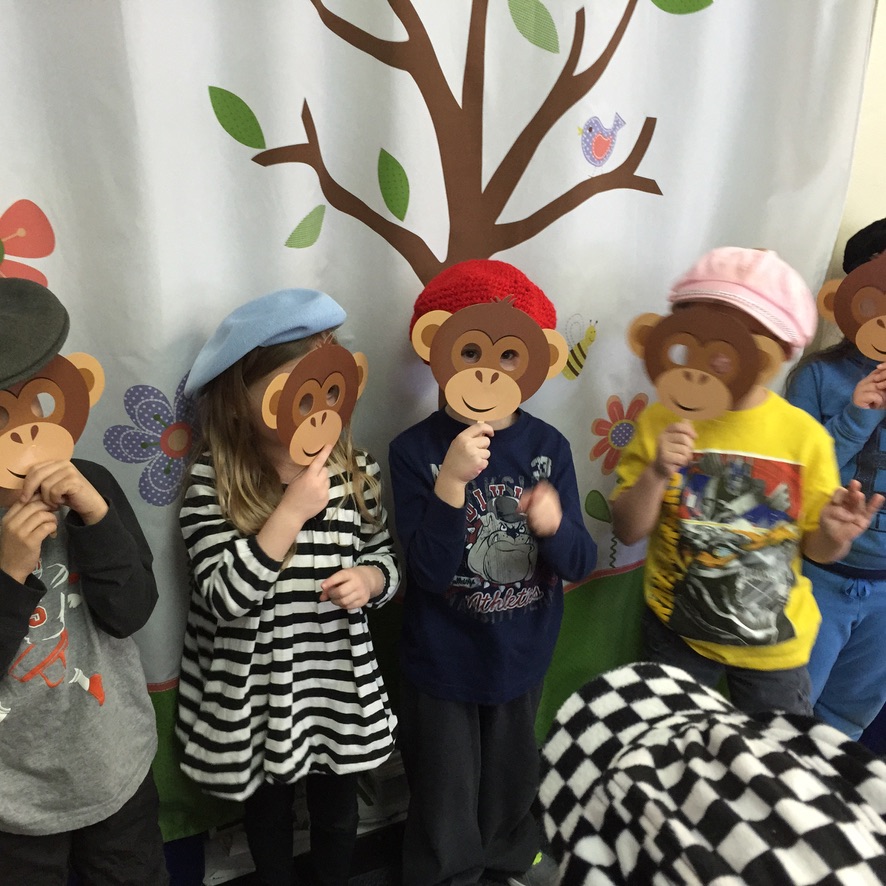
Beyond the Big Book
While our week with the big book is over, the story lives on in our classroom in many, many ways. I place the book, along with story props, into the Story Center for children to use during reading workshop and choice time.
Small copies of the book go into a special basket that we call, “Read it Again,” books. These books are used in browsing baskets at the beginning of the year, and then in our book boxes beginning in January. Children are familiar with these books and they are great for practicing reading the pictures and retelling the story. Later in the year, many children are ready to read the words and take great pride in doing so.
At the end of the school year, I take one copy of each of our shared reading books and lay them out on the table or floor. Children vote for their favorite and we reread the top ten on our last days of school together.
Shared reading is an effective routine that builds multiple literacy skills including comprehension, vocabulary, print awareness, and oral language. But it also does one more very important thing – it grows a community of kids that love both books and reading.
For more reading routines, download this Free Toolkit that includes 8 ideas for teaching reading in kindergarten.

For more literacy ideas and resources, check out the Growing Readers page inside the Roots & Wings Resource Library.


 Using a Workshop Model to Teach Future-Ready Skills in Kindergarten
Using a Workshop Model to Teach Future-Ready Skills in Kindergarten Story Maps: Teaching with Fairy Tales in Kindergarten
Story Maps: Teaching with Fairy Tales in Kindergarten Routines & Rituals to Welcome the Month
Routines & Rituals to Welcome the Month The Magic of Tidying Up – Classroom Style!
The Magic of Tidying Up – Classroom Style!